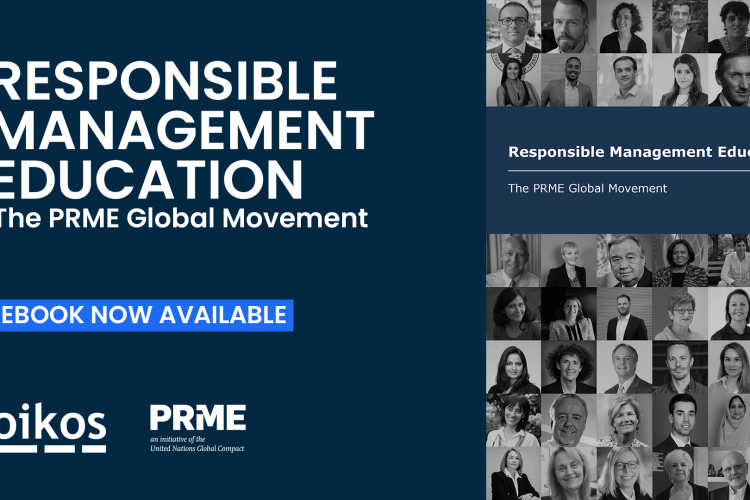Abstract
In July 2012 Peter Terium was named the new CEO of RWE, the biggest electricity provider in Germany. RWE has performed financially well over the previous 40 years with annual sales greater than €50bn since 2010. However, in 2014 the company had to disclose €2.8bn of net losses for the first time in its history.[i] This prompted an urgent need to change RWE’s corporate strategy. Peter Terium now faces a number of challenges in order to guarantee the profitable future of RWE.
First, RWE has to deal with the consequences of a variety of regulations, namely: (a) The German electricity market liberalization, (b) the renewable energy law in Germany, (c) the European Emissions Trading System and (d) the German nuclear phase out. These regulations contribute to a major shift in the electricity market, often referred to as the German Energiewende. The cornerstones of this Energiewende are decentralized and renewable power generation. RWE’s business model is built on centralized electricity generation based on coal and nuclear power and, thus, is contradictory to the German Energiewende.
Second, RWE is endangered by market developments: (a) RWE’s bottom-line is suffering from decreasing electricity market prices as a result of an oversupply of electricity due to the growing amount of renewable sources. (b) Many small competitors, sometimes even RWE’s former customers, have entered the electricity market thereby decreasing RWE’s market share. (c) In 2014 one of RWE´s main competitors E.ON started to respond to the altering market conditions and announced a substantial change in its business strategy and to focus entirely on renewables.
Third, the company faces specific expectations from external stakeholders: (a) As a consequence of the developments above, 10,400 jobs are up for redundancy.[ii] Local governments – of which some are RWE`s shareholders – are worried about these figures. (b) RWE also carries reputational risks because some well-known NGOs like the WWF criticize its lack of a low-carbon strategy.
Finally, the organization also faces an internal challenge. The internal structures have developed over decades and are based on the dominant logics of centralized coal and nuclear power production. As is typical for change processes in large organizations, these dominant logics may lead to structural inertia.
This case has been written to facilitate classroom discussion and engage debates for MBA/MS-level students in the form of a stakeholder role-play. The case focuses on the challenge of RWE to determine its future corporate strategy. It enables students to understand how legislative developments, market transformations and new technologies can fundamentally impact incumbents in a traditional industry.
[i] RWE, Annual Reports 2010 – 2013
[ii] “RWE streicht jede zehnte Stelle“, Zeit Online, http://www.zeit.de/wirtschaft/unternehmen/2013-11/energiekonzern-rwe-stellenabbau, accessed on September 30, 2014
[table id=114 /]



